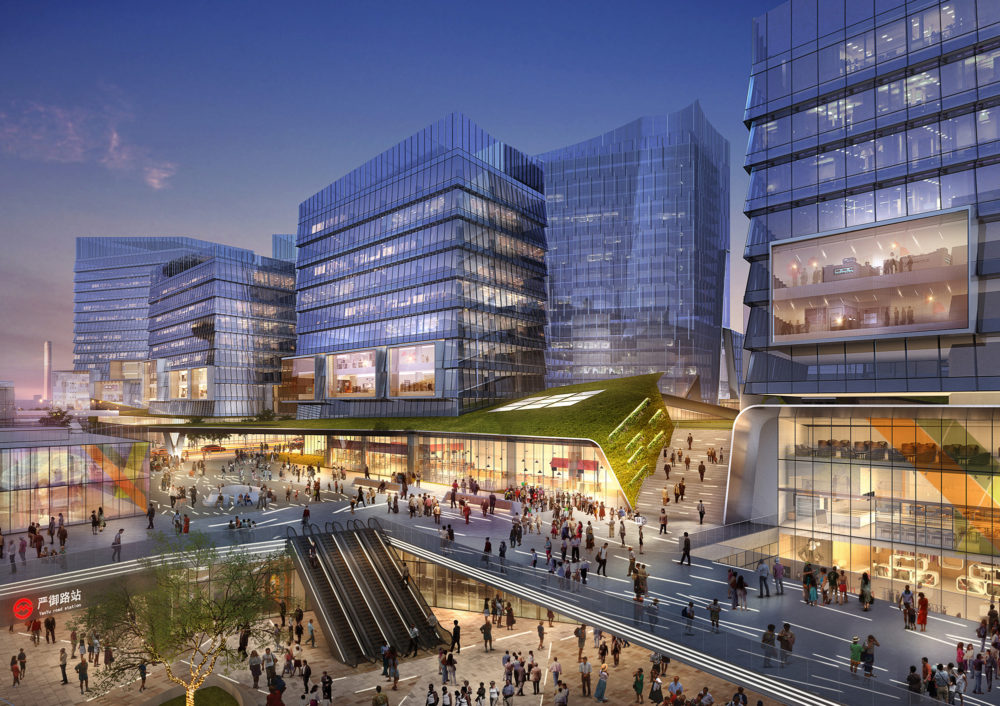
Yuqiao Innovation Cluster
Shanghai, China
 Sasaki
Sasaki
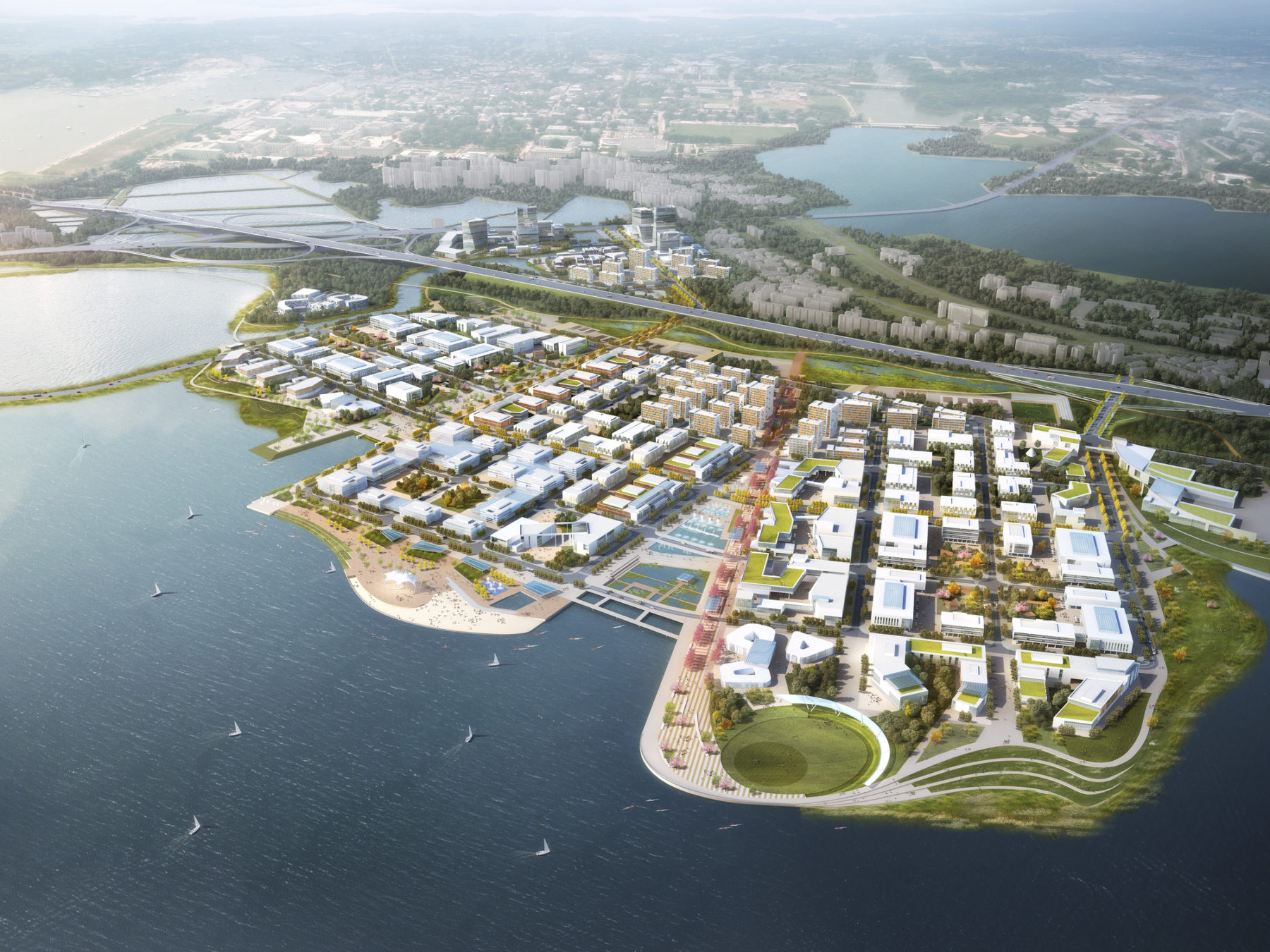
Wuhan is the largest city in central China. In a 2015 report published by real estate think tank Jones Lang LaSalle (JLL), Wuhan is named the eighth most dynamic city in the world, behind London, San Jose, Beijing, Shenzhen, Shanghai, Ho Chi Minh City, and Boston. Startups and global conglomerates alike have recognized Wuhan as a burgeoning nucleus of the global innovation economy and are investing heavily in the area. This extreme regional growth is powered by Wuhan’s renowned educational institutions. Wuhan is primed to develop into a research and industry innovation mecca with nearly 80 universities on-hand to fuel companies seeking R&D partners.
In 2012, the tech-giant Lenovo decided to locate its R&D center of mobile internet work to Wuhan, investing 16 billion RMB in the effort. Lenovo hosted a competition in 2016 to identify how best to cultivate their two-square-kilometer site, which is surrounded by seven universities, and research campuses belonging to global tech giants including General Motors, Alibaba, Tencent, and Baidu.
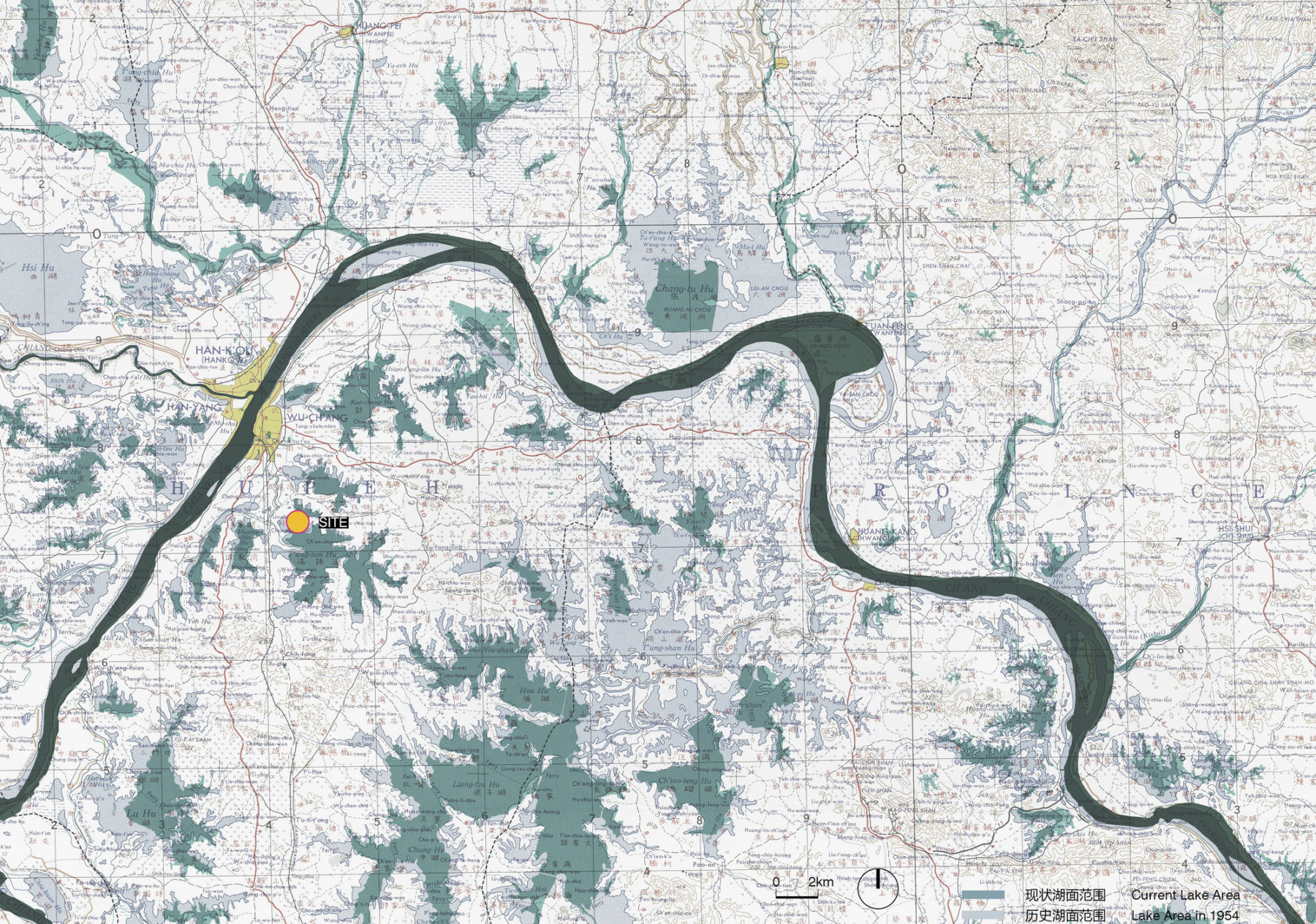
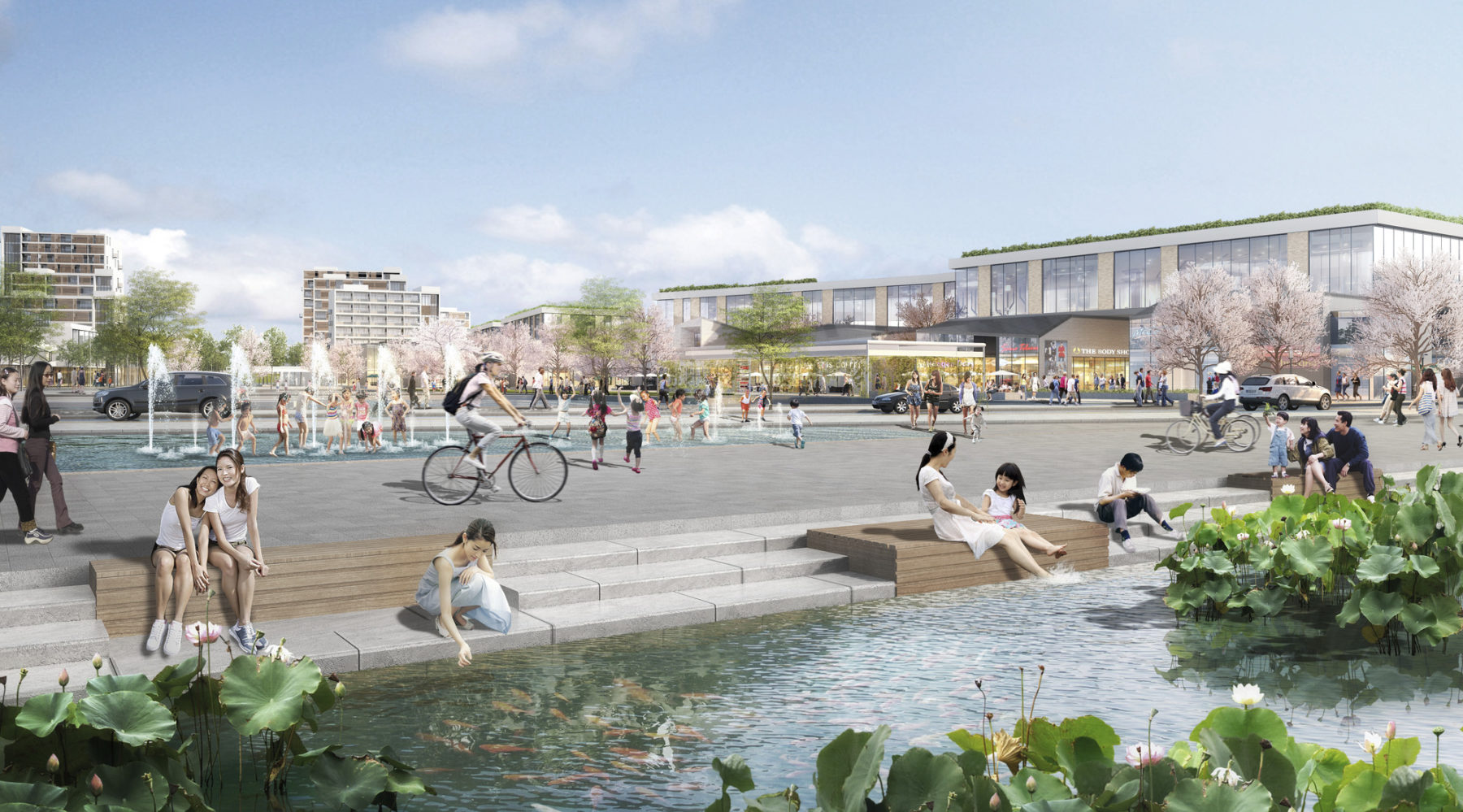
Developed by Sasaki, the master plan for Lenovo’s new lakefront campus focuses on cultivating flexibility, ecological health, and diverse urban experiences that resonate with the city’s vision for the larger context. For Lenovo, flexibility was a major consideration in creating a master plan that would serve it for years to come, given the fast pace of change in the tech industry. To ensure flexibility, the Sasaki team recommended that the site be organized in a modularized urban fabric that could be combined and rearranged as spatial needs change without compromising the integrity of the overall framework.
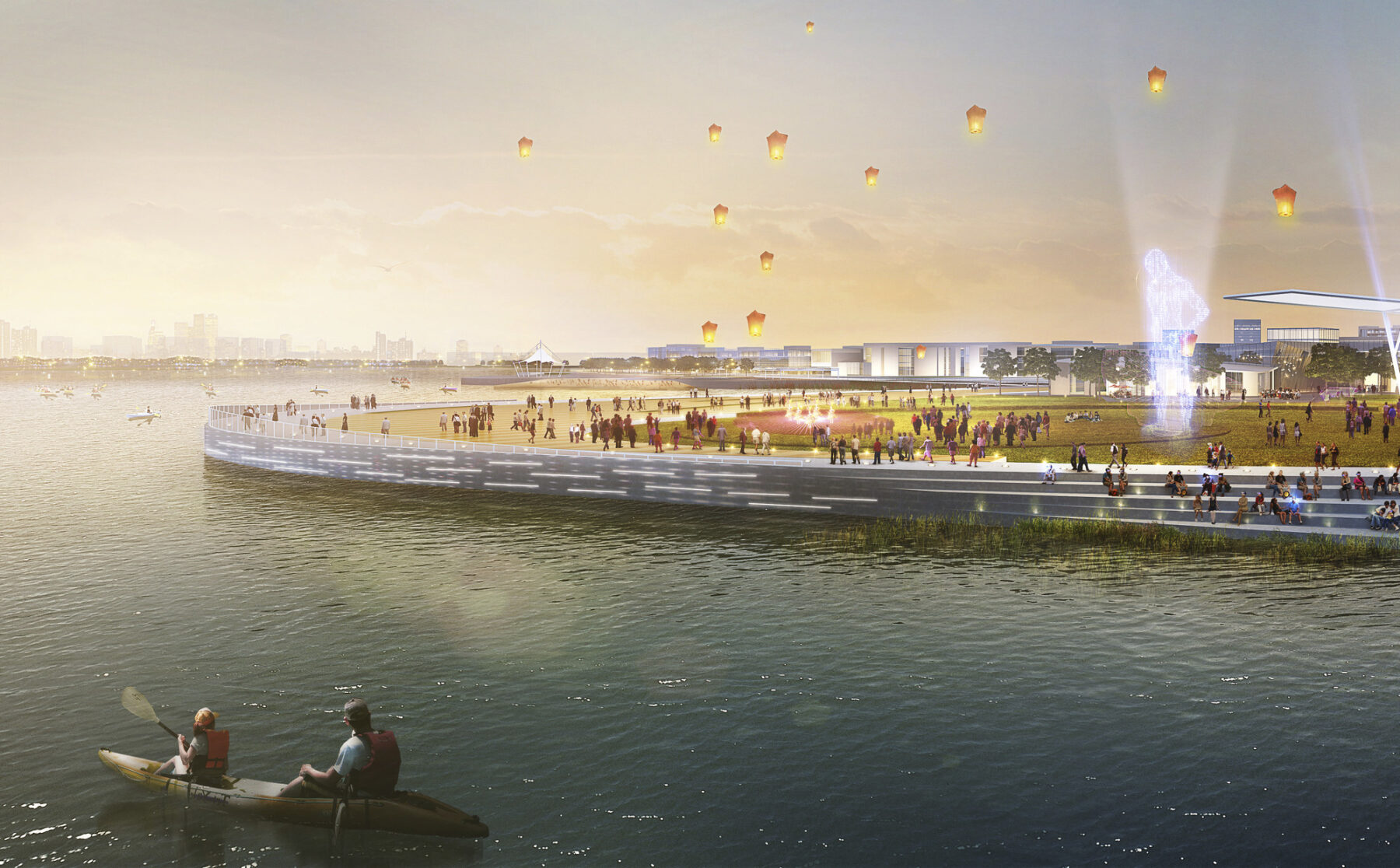
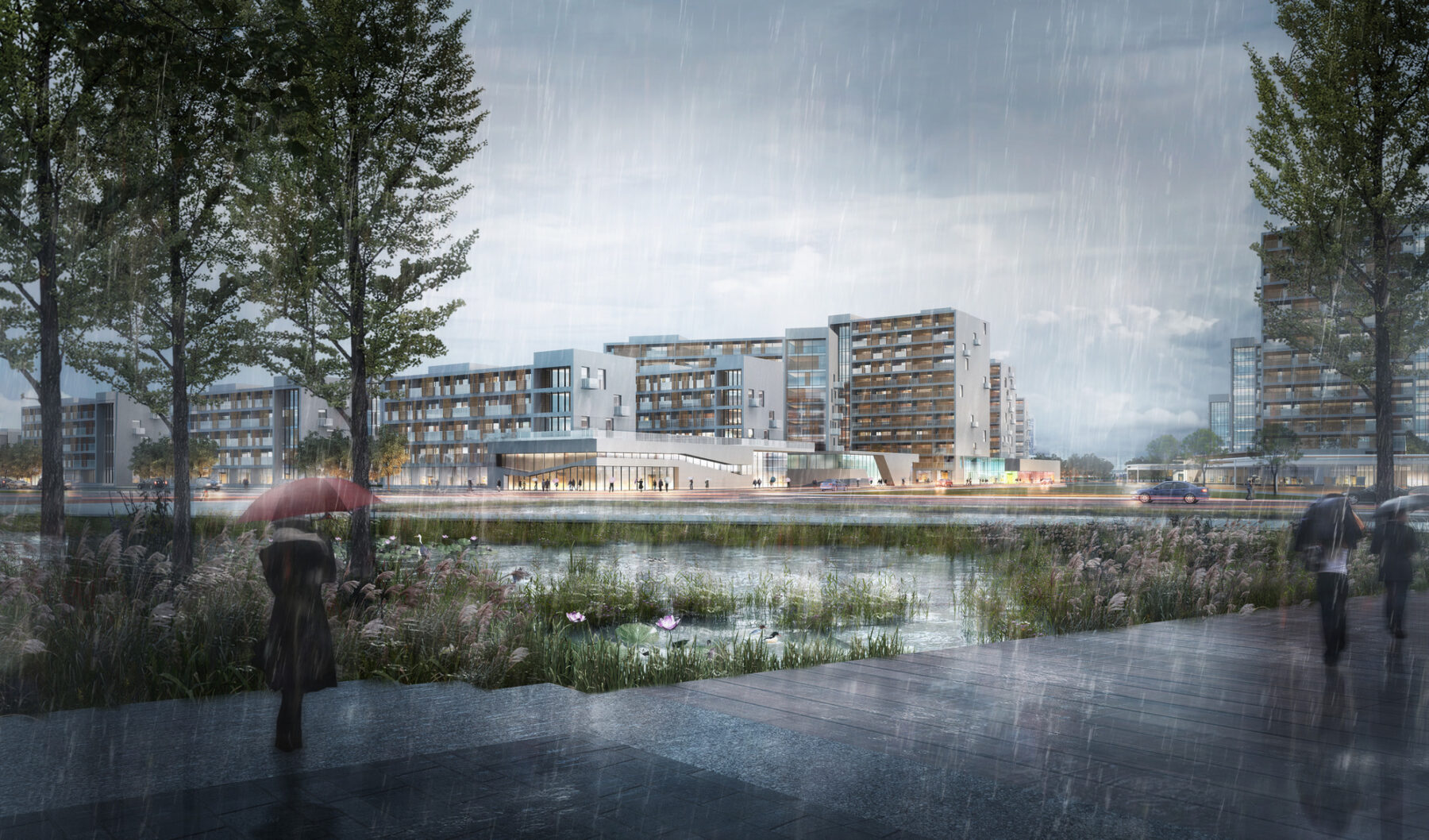
The Lenovo campus is situated between the 28-square-kilometer Tangxun Lake to the south and 2-square-kilometer Yezhi Lake to the north. Water, therefore, is one of the major assets for the site and played a key role in the urban design framework. Known as the “City of 1,000 Lakes,” Wuhan’s regional landscape typology is celebrated in the landscape strategy of the campus, with lakefront parks reserved for both public use and ecological benefit. The ecologically-focused open space network not only helps ensure a human-centered experience but also addresses increasingly severe issues such as flooding and lake ecosystem degradation due to urban encroachment. Throughout the site are “urban nodes and social hubs” strategically placed to draw people in and orient them to the waterfront via uninterrupted open space and view corridors.
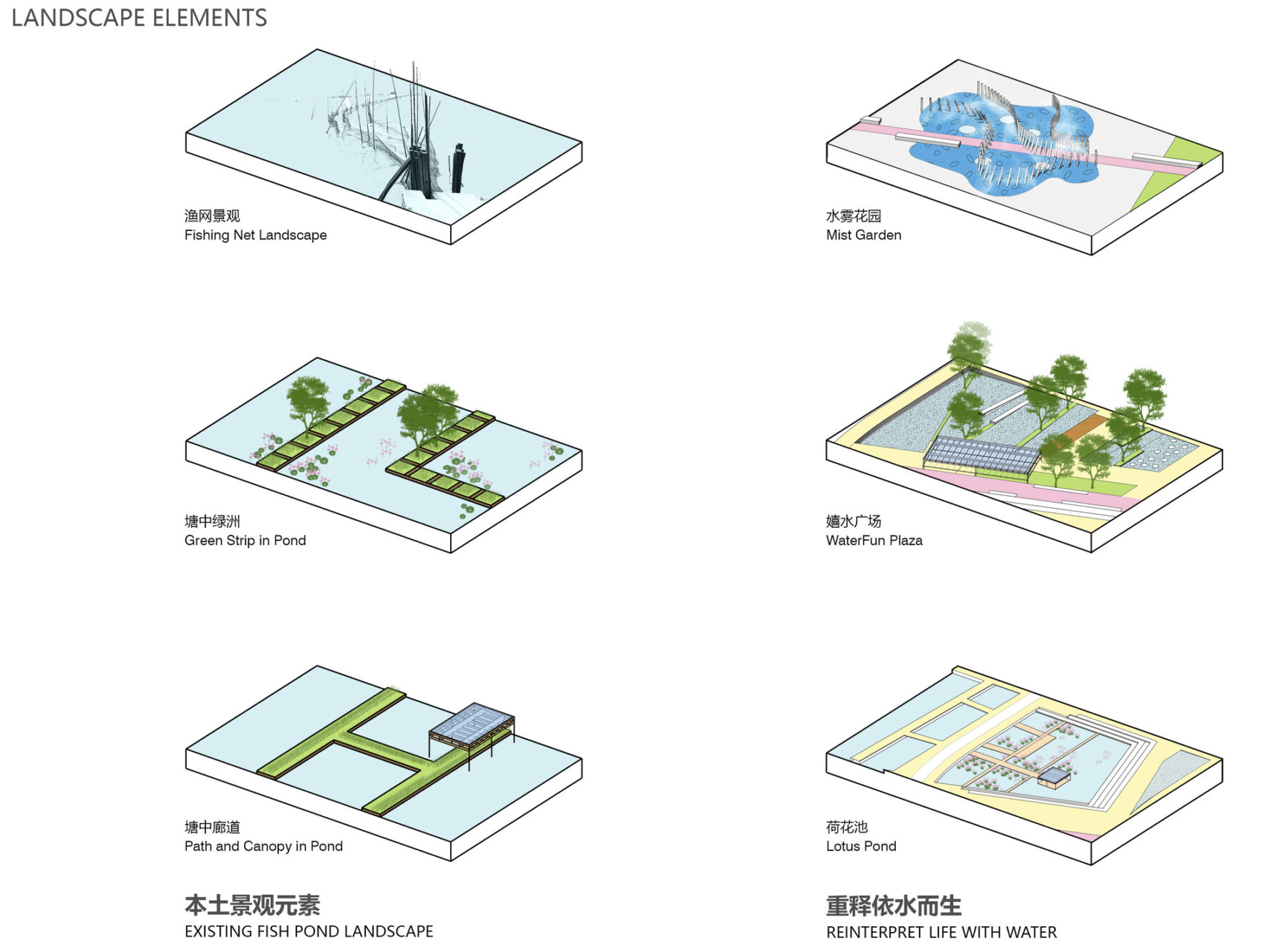
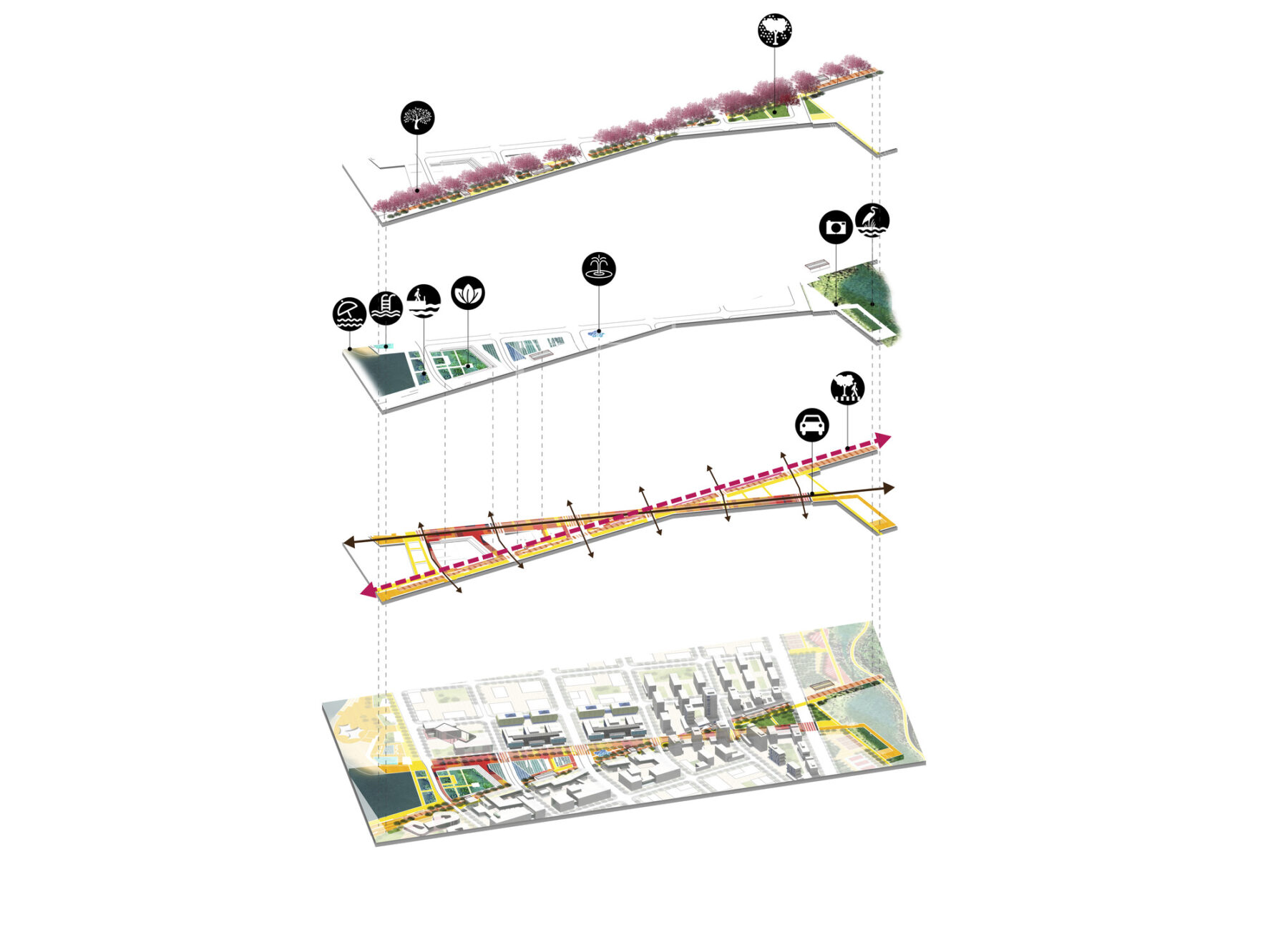
This commitment to cultivating healthy ecological and social open space does not end at the edge of Lenovo’s future campus. Sasaki has also been engaged in a master plan for the Yangchun Lake in downtown Wuhan, and an ambitious vision plan for the downtown public realm of the Yangtze Riverfront. All three projects are positioning Wuhan as a world-class city with a dedication to establishing a cohesive system of public landscapes and diverse waterfronts that celebrate the city’s industrial heritage while advocating for ecology.
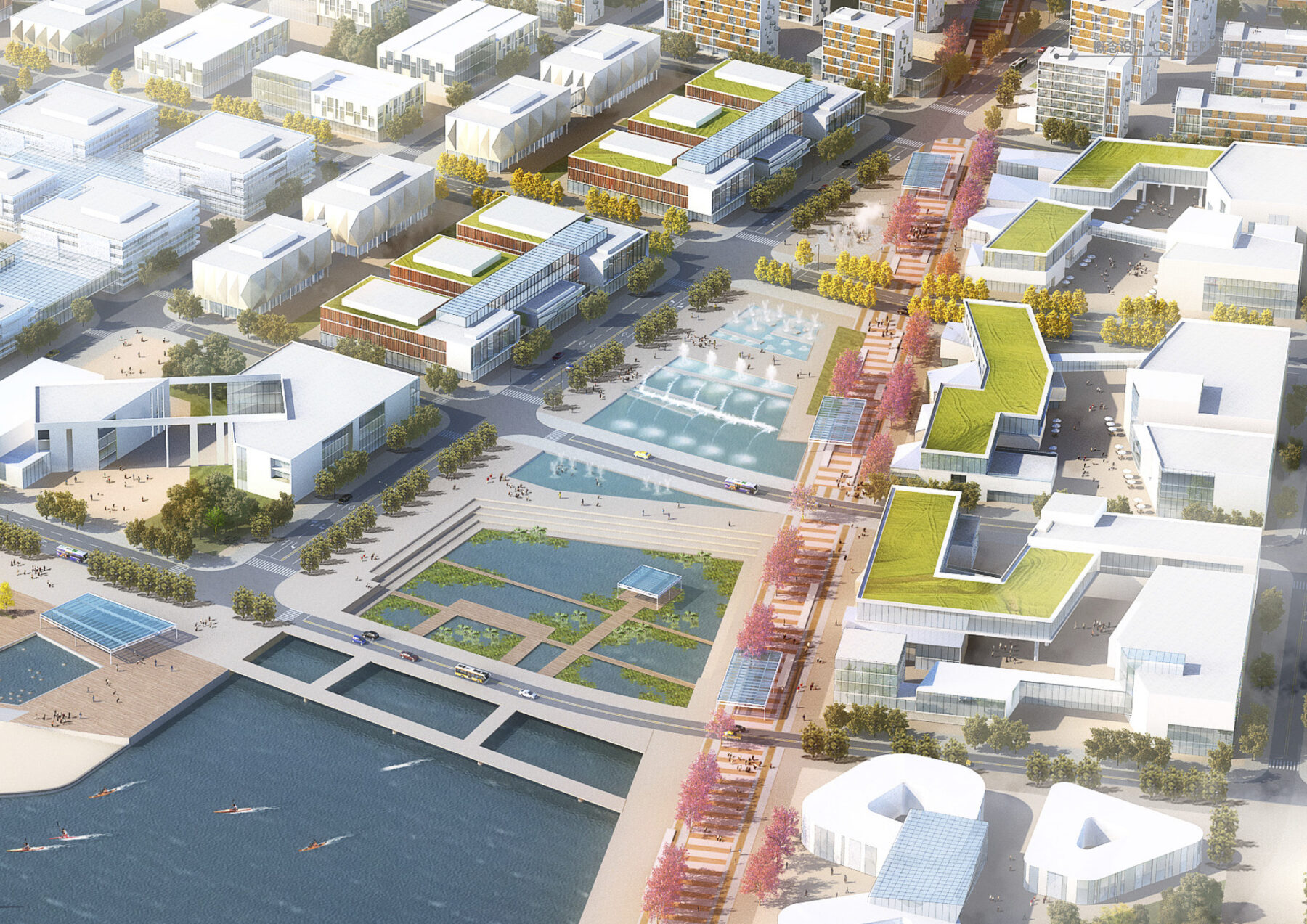
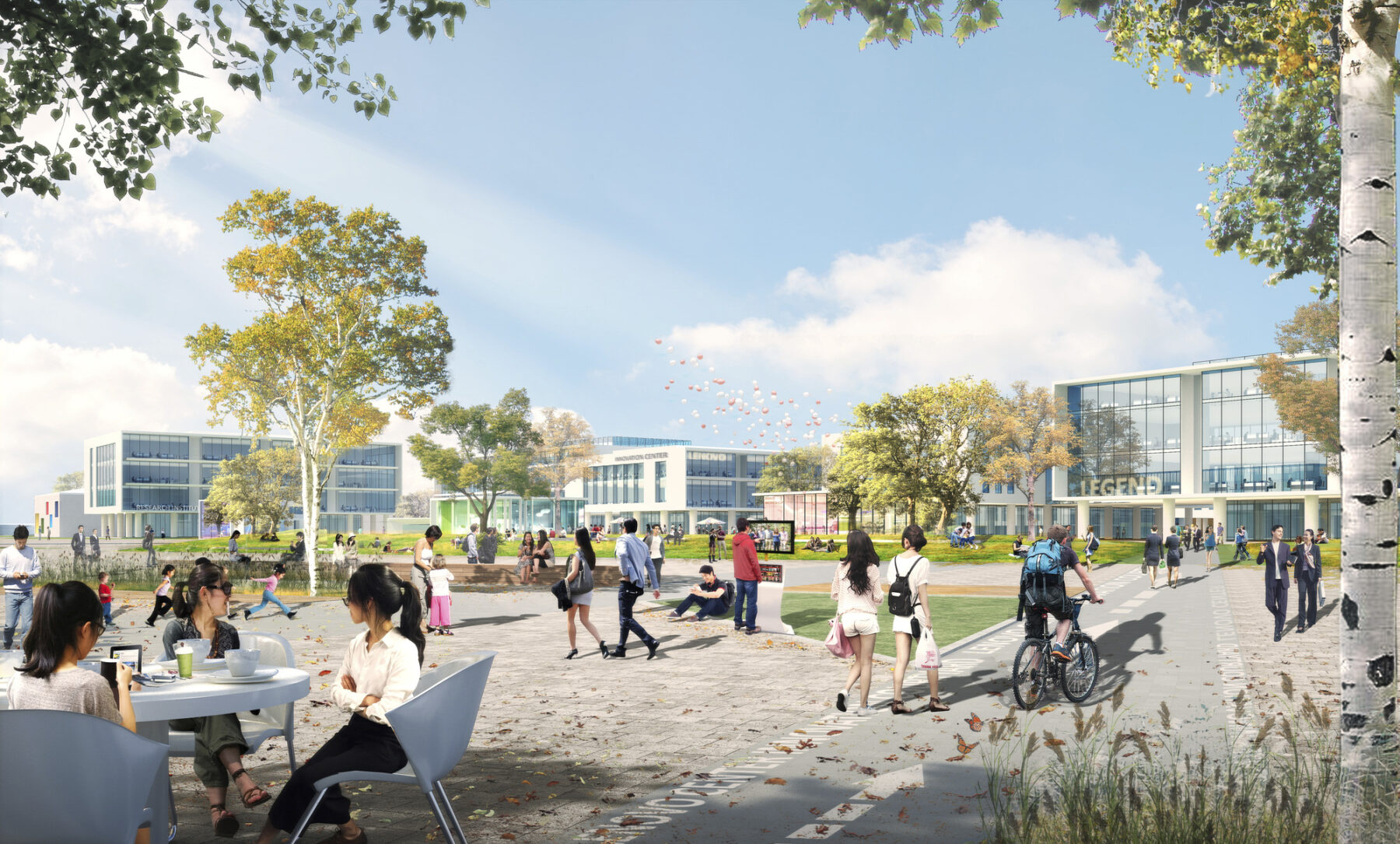
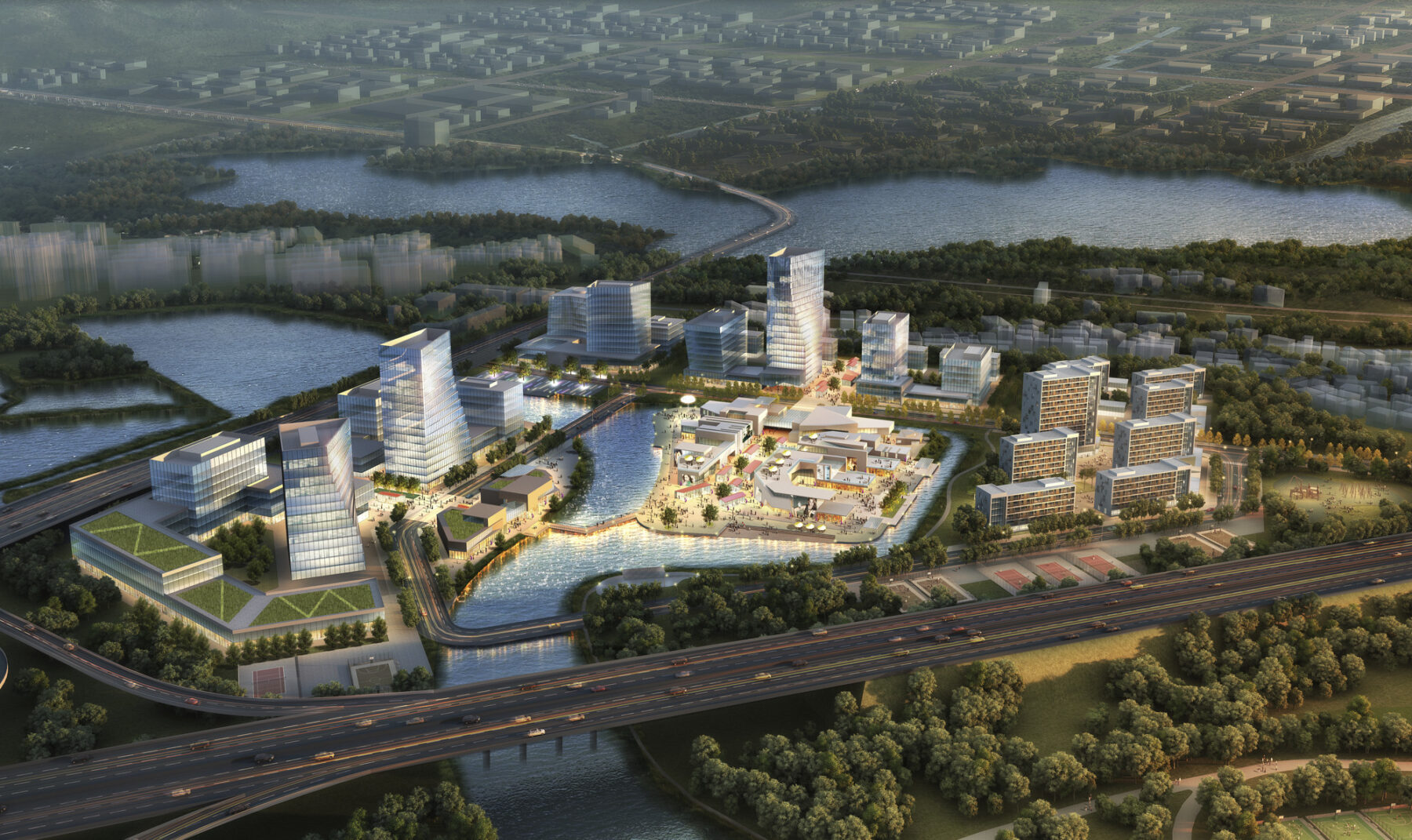
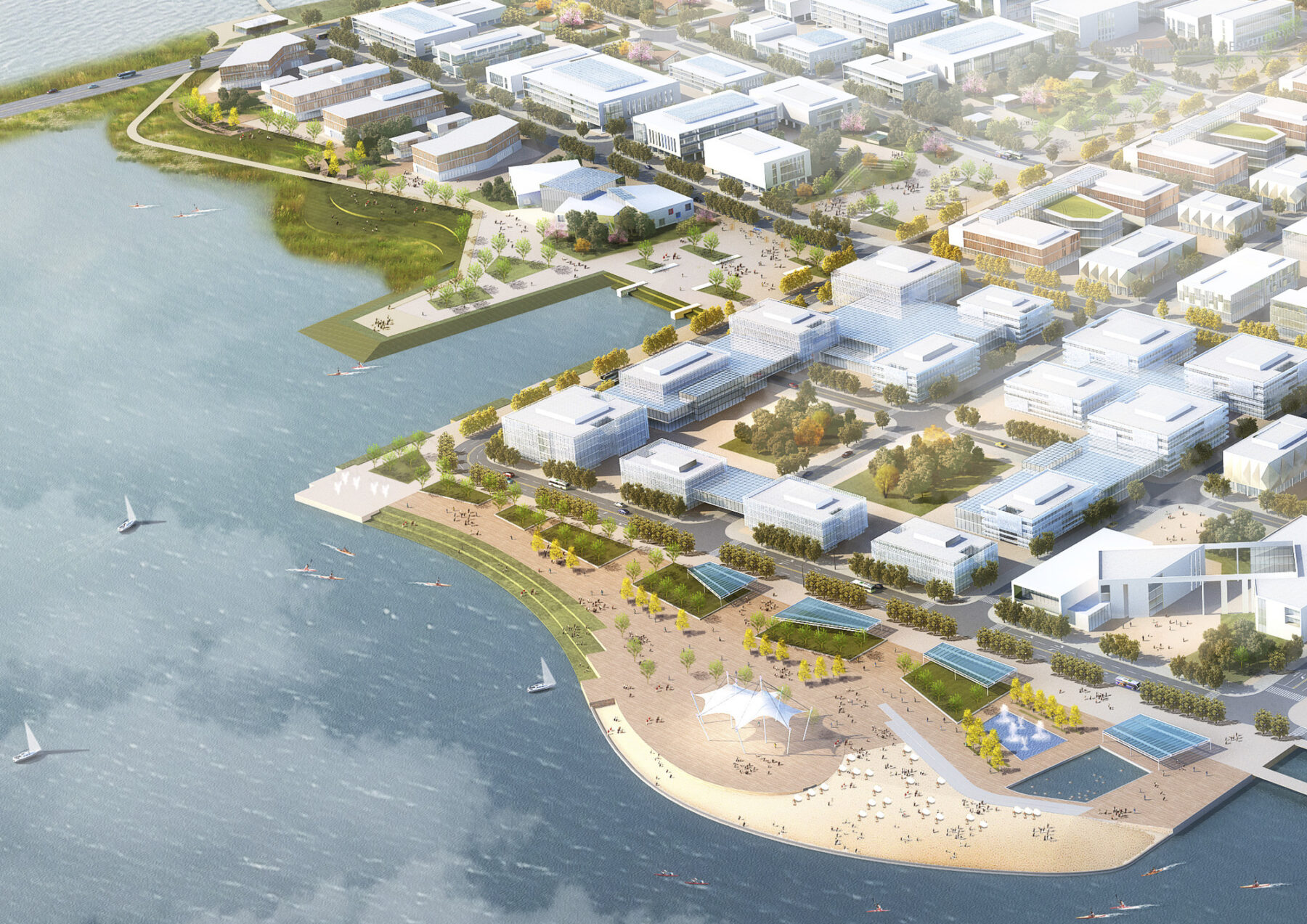
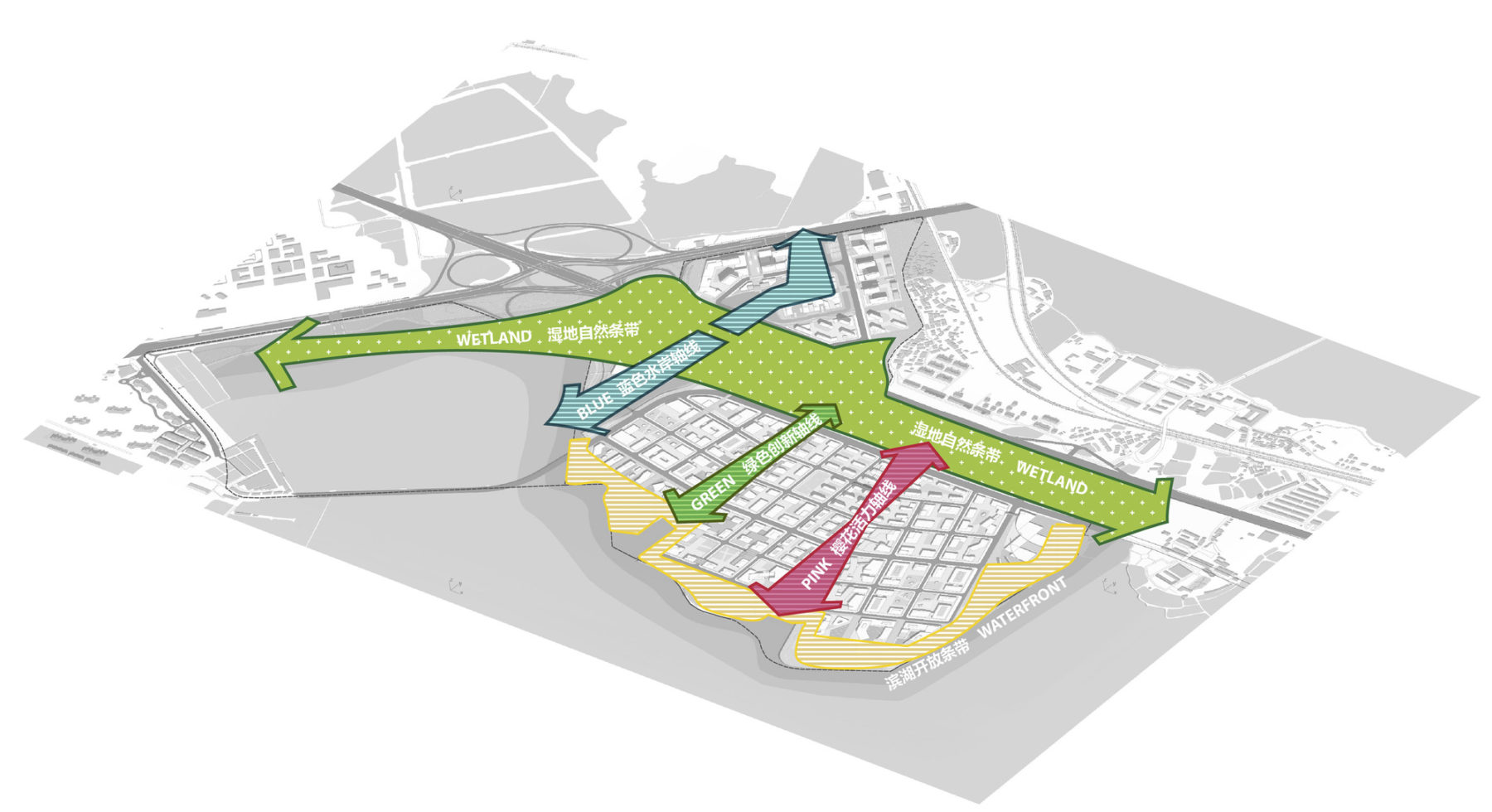
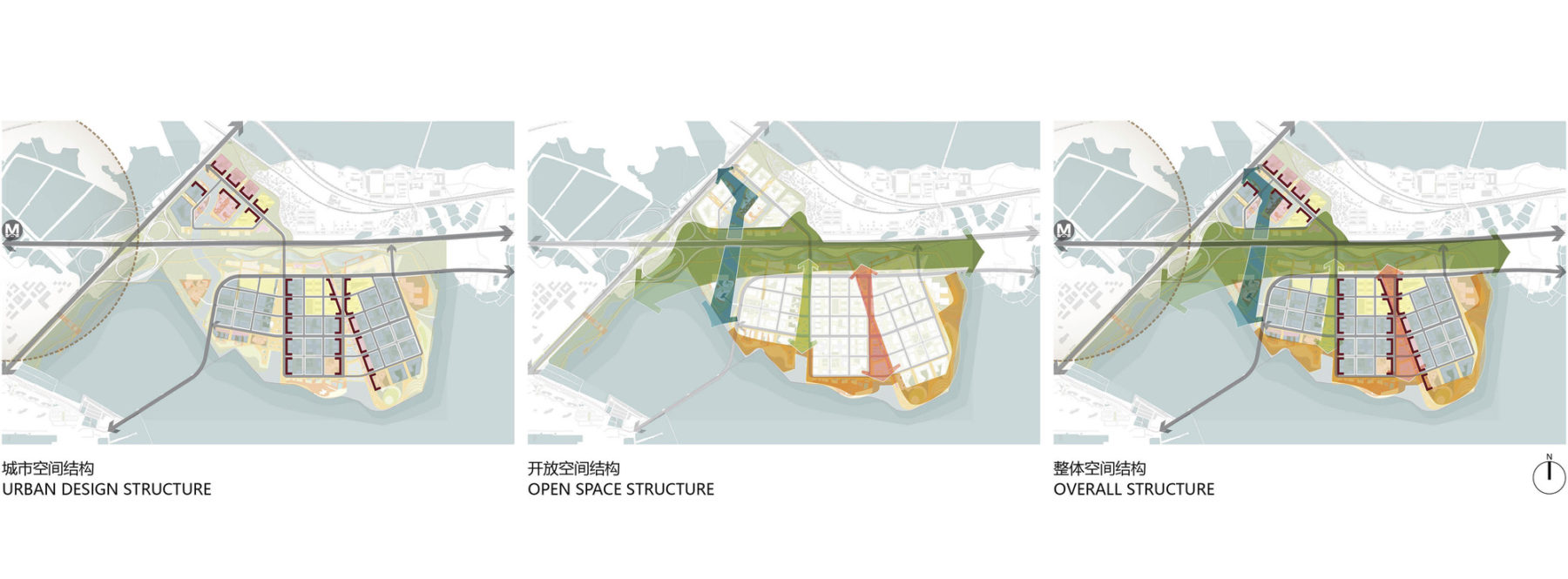
For more information contact Michael Grove.